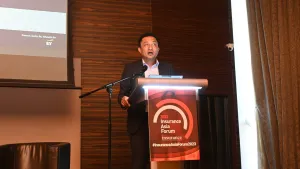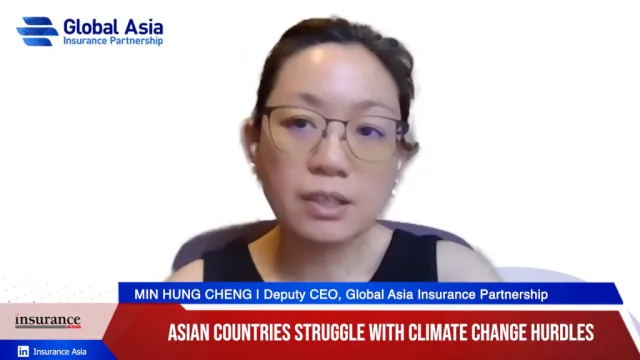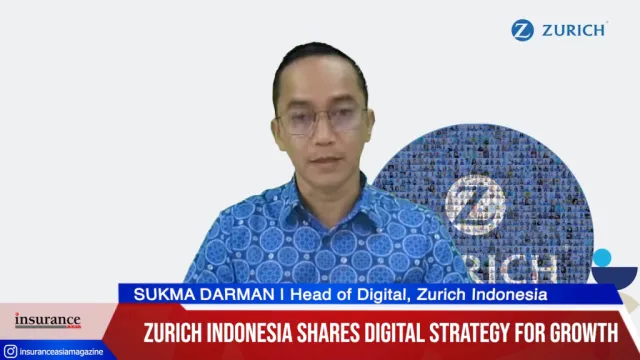
What to expect from India's health insurers amidst COVID-19 resurgence
The sector is already expected to hike its premium rates in response to claims experience.
The second wave of the COVID-19 pandemic that hit India earlier this year is widely acknowledged as larger and more devastating, exacerbated by an already struggling healthcare sector and the shortage of vaccines.
As expected, insurers recorded a surge of COVID-related claims, particularly on the general and health insurance front. AM Best expects the frequency of COVID-related claims in 2021 to be significantly higher than in 2020 due to rising health insurance penetration and high infection rate, analysts, Tran Nhat Trung and Kanika Thukral, told Insurance Asia in an email interview.
The jump in claims has also been accompanied by an increase in claim severity across insurers given the length of hospital stays, said CARE Ratings Associate Director Saurabh Bhalerao. The rise in overall claims and average claim settlement per policy has triggered higher loss ratios amongst non-life insurers’ health portfolios in Q4 FY2021, and this trend will likely carry over into Q1 FY2022, he added.
The AM Best analysts are already expecting insurers to hike their premium rates for health products due to the “unfavourable” claims experience they have due to the pandemic.
“However, any significant upward premium revision is likely to be subject to regulatory constraints given that standardised products with wider coverages and affordable health insurance products are key mechanisms to safeguard policyholders in the current pandemic situation,” they explained.
Bhalerao believes that insurers may harden their rates on certain policies such as group health insurance policies, but a standard health policy mandated by the Insurance Regulatory and Development Authority of India (IRDAI) could offset such impact on individual clients.
“Insurance rates are dependent on inflation, cost of medical procedures, and claim experience. The claims have witnessed a sharp rise, but it should be noted that a pandemic is not a regular occurrence,” he said.
He also believes that in the short term, insurers might become cautious in issuing fresh policies and may require additional requirements for risk assessment, therefore resulting in much stricter underwriting. “In the longer term, insurance companies could pay more attention to infectious diseases and design policy requirements around the same.”
Into the future, and beyond health insurance
As with other markets, the pandemic has hastened the digitalisation of the Indian insurance industry. Tran and Thukral have noted that non-life insurers have been upgrading their products and capabilities through new products and enhancing existing ones.
Alongside encouragement from the IRDAI’s regulatory sandbox, they said that the pandemic has pushed the industry to launch products such as comprehensive wellness and policies based on short-term needs.
“Prospectively, AM Best expects regulatory and market advancements to continue to drive investment in digital infrastructure, which is expected to support online sales, underwriting processes, risk assessments, and claim settlements,” Tran and Thukral said.
For Bhalerao, insurers could focus on building complete holistic health management solutions tailored to the insured populace, which would lead to lower claims.
Aside from the health segment, other non-life insurance lines were also affected. AM Best reported that the motor segment reported a moderate decline in premiums in 2020 due to weak vehicle sales, but has also gained from better claims experience due to social movement restrictions.
The worsening pandemic will likely curtail the motor business’ loss experience even more until lockdowns have eased, Tran and Thukral said, after which claims are expected to jump again.
“Other notable lines of business are crop and fire in the India non-life segment. There was no material impact on the growth or performance of these lines from the surge in COVID-19 infection rate.”
The heightened awareness will definitely drive up insurance premium growth, Bhalerao said, alongside efforts to increase distribution in the digital channels. The industry could also see clearer and specific wordings on coverage and exclusions, as well as policies and clauses that will account for pandemic-induced business disruptions.
In particular, the hospitality and tourism sectors can expect coverage for profit losses or business interruptions, he concluded.







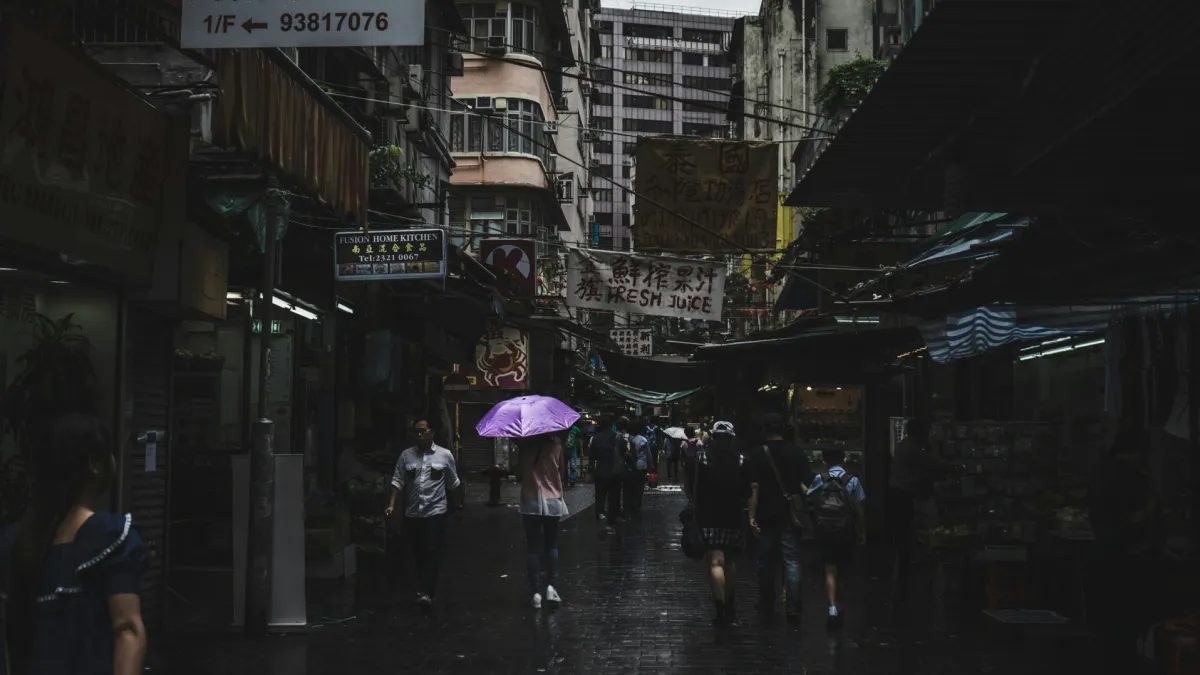


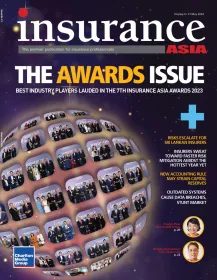
 Advertise
Advertise


